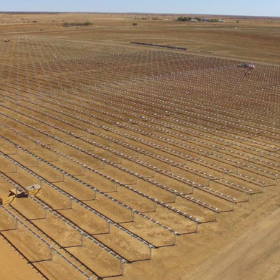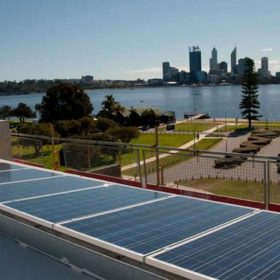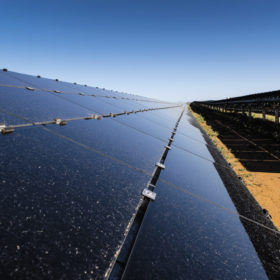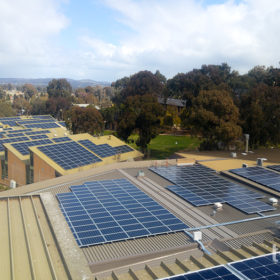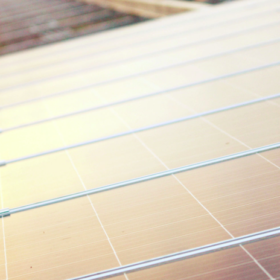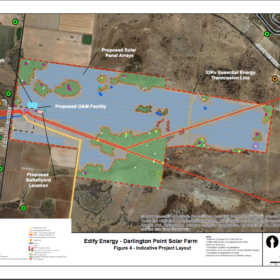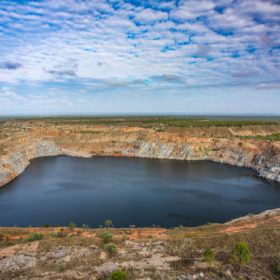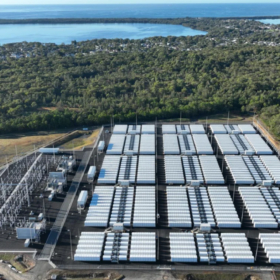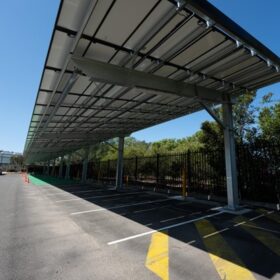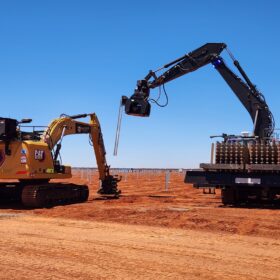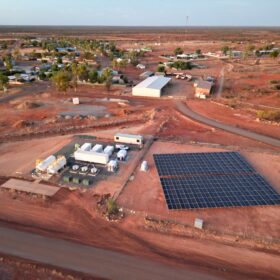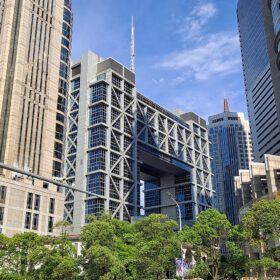Flow Power inks solar PPA with BayWa r.e. amid growing corporate demand for clean energy
Commercial electricity retailer Flow Power has signed an offtake deal with Germany’s BayWa r.e. for 48 MW of clean electricity generated at two of northern Victoria’s largest solar farms – the 112 MW Karadoc Solar Farm and 106 MW Yatpool Solar Farm.
Corporate clean energy smashes records
Companies in the United States accounted for more than 60% of the clean energy deals signed by corporations worldwide last year, according to BloombergNEF. A proposed renewable portfolio standard for Chinese business, though, could turn the picture upside down in a year’s time.
Sumitomo acquires WA’s leading solar retailer Infinite Energy
Japanese industrial giant Sumitomo Corporation has fully acquired Infinite Energy, Western Australia’s solar installer and electricity retailer, thus expanding on its local coal-focused portfolio.
Australia to lead world in resi battery uptake in 2019, finds BNEF
Over 70,000 Australian households will install battery storage in 2019, according to the Bloomberg New Energy Finance (BNEF). With the nation’s storage demand set to triple, Australia is forecast to make up 30% of global demand this year.
Solar will rebound this year with more than 100 GW of new capacity
Wood Mackenzie’s number-crunchers are the latest analysts queueing up to predict a bumper year ahead for PV, with falling prices, rising efficiency rates and booming markets outside China all on the cards. And it could be a make-or-break year for mega-projects, says Wood Mac.
Sunseap acquires minority stake in Todae Solar
Singapore-based solar developer Sunseap has taken a minority stake in Todae Solar, one of Australia’s largest solar commercial and industrial EPC companies.
Canadian Solar acquires 30 MW SA solar project
The Chinese-Canadian solar manufacturer has bought a South Australian large-scale solar farm from renewables developer Tetris Energy. A PPA has been inked with electricity retailer Flow Power to power some of the local agricultural business.
Octopus, Edify Energy provide finance for 333 MW Darlington Point solar farm
In the UK investor’s first deal since entering the Australian marketplace, Octopus Investments and Australian renewables developer Edify Energy have arranged more than $450 million to finance one of Australia’s major PV projects – a 333MW DC (275MW AC) solar farm, which has an approval to be collocated with a 100 MWh energy storage facility at Darlington Point, NSW.
Genex Power releases new details on Kidston project
After releasing the December quarter update for the 50 MW Kidston Solar Project Stage 1, which showed strong revenues and a big boost in generated power, Sydney-based Genex Power has shared a research paper on the term sheet signed with electricity provider EnergyAustralia for the 250 MW Kidston Stage 2 Pumped Hydro Storage development.
Obton enters Australian PV marketplace through JV partnership
Danish renewables investor and asset manager Obton has set up a joint venture with Australian developer Torus with the goal to buy, develop and build solar projects Down Under. With several projects already in its pipeline, the company says it has faith in the market despite policy uncertainty.
